6 skincare products to make with herbs and ingredients from your pantry
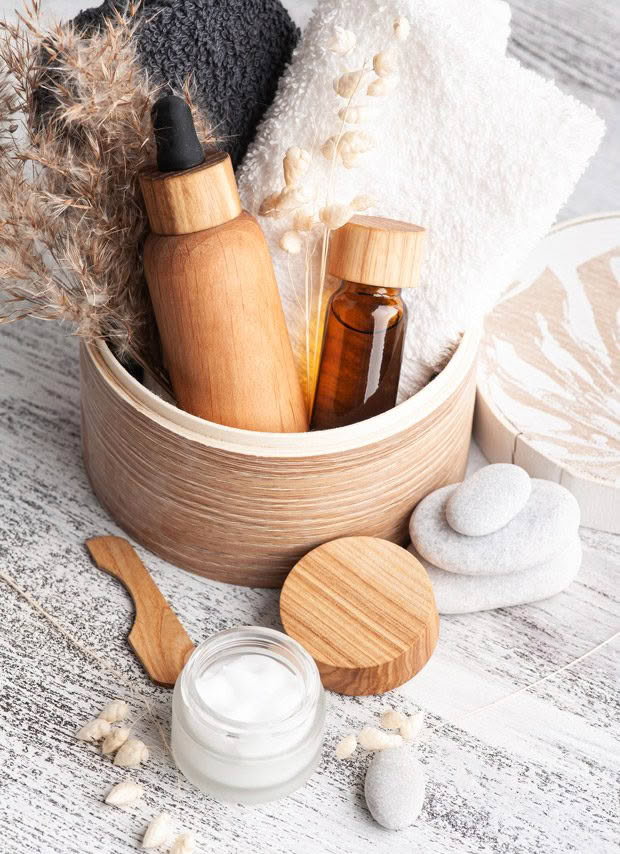
Give skin a boost with naturally soothing ingredients that might already be in your garden or kitchen.
Words: Jane Wrigglesworth
In every country, since time immemorial, people have made skin care and beautifying products with ingredients from nature. Flowers, leaves, roots, stems and seeds offer various health benefits or soothing qualities for healing or rejuvenation. The fatty acids in sunflower seed oil, for example, have anti-inflammatory and antibacterial properties. The gel found in aloe vera leaves is well-known for soothing burns and bites. And lemon balm, jasmine, violet and rose all have beautiful scents.
Even a few of our native plants are aromatic. Author Rob Tipa wrote, in his book Treasures of Tāne, about “the grand Māori perfume”, a sweet-smelling concoction made with the aromatic mokimoki and piripiri ferns, the scented kōpuru moss, the scented kāretu grass, resin from tarata (lemonwood), the roots of pātōtara (dwarf mingimingi) and taramea (speargrass), all mixed with pig fat.
Try making your own skin care products using herbs from your backyard or ingredients from your pantry.
1. Calendula Toner
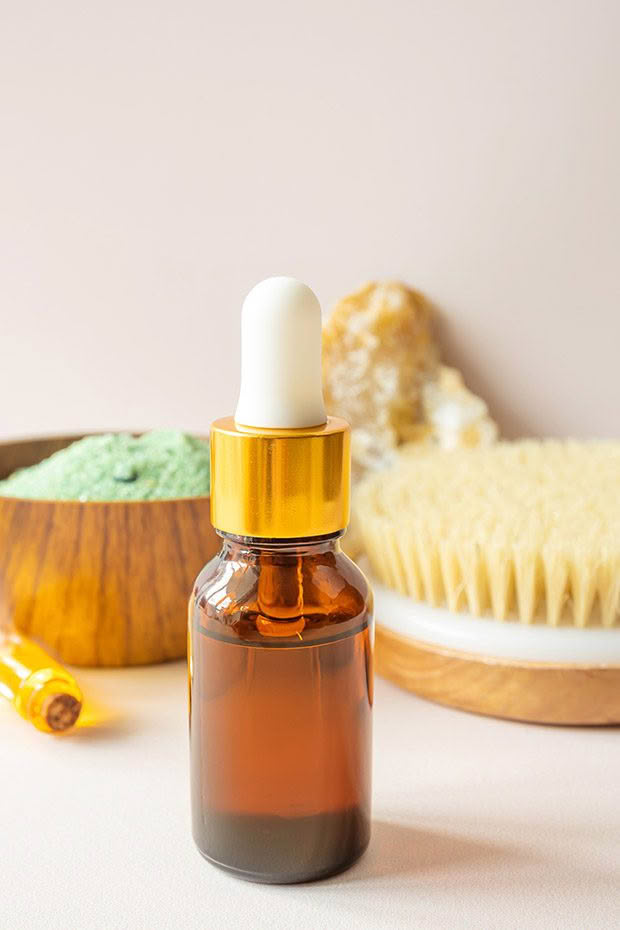
Calendula is an excellent herb for the skin; it’s anti-inflammatory, antiseptic, astringent and hydrating, and is useful for soothing skin irritations such as rashes, scratches, cuts, inflammation and minor burns. Calendula contains carotenoids, which can lower inflammation and stimulate skin cell growth. It’s worth making a batch of calendula oil to use in this recipe, and for other recipes, such as salves and balms.
Calendula-Infused Oil (slow method): As no heat is applied to the herbs in this method, you can be certain you are getting the full benefit of the herb’s health constituents. Fill a glass jar that has a tight-fitting lid three-quarters full with dried calendula petals. Fill the jar with cold-pressed virgin olive oil, stopping about 3cm from the top. Stir, screw the lid on tightly, then place the jar on a windowsill (one that doesn’t get direct sunlight) for 4-6 weeks. Shake once a day. After 4-6 weeks, strain through a fine muslin cloth. Pour the infused oil into a glass bottle, label with the name and date, and store in a cool, dark cupboard.
Calendula-Infused Oil (fast method): If you are too impatient to undertake the slow method of infusion, try this speedy method, but be careful not to overheat your herb or you will lose some of the herb’s health benefits. Place dried calendula petals into a slow cooker and cover with olive oil. Cover the herbs by at least 3cm. Place the lid on the slow cooker and heat on low for three hours. Turn the slow cooker off and leave to steep for another three hours.
INGREDIENTS
1/3 cup witch hazel
2 tablespoons calendula infused oil (see recipe above)
METHOD
Pour the ingredients into a glass bottle and shake to combine. Add 5 to 6 drops to a reusable face pad and wipe over your face.
2. Lavender Face Mask
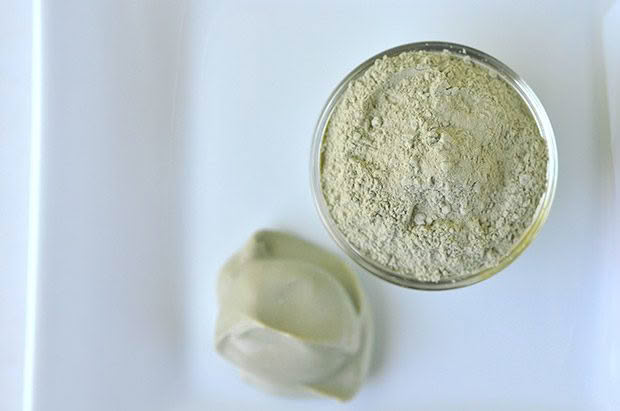
Treat your skin to a soothing face mask every once in a while. Green clay is rich in minerals, including calcium, copper, dolomite, magnesium, manganese, phosphorous, potassium, selenium and silica. It also soaks up excess oil that may lead to clogged pores, and draws out impurities. Lavender has anti-inflammatory properties and is soothing to the skin. The egg contains fatty acids which provides some moisture. This recipe is enough for one mask.
INGREDIENTS
2 teaspoons powdered green clay
2 teaspoons witch hazel
1 egg, beaten
2 drops lavender essential oil
METHOD
Mix the powdered clay and witch hazel together until a smooth paste forms. Mix in the egg, then add the lavender essential oil.
Wet your face with warm water then apply the mask. Leave for 10 minutes before washing off. Splash your face with cold water then dry.
3. Rose ‘Talcum’ Powder
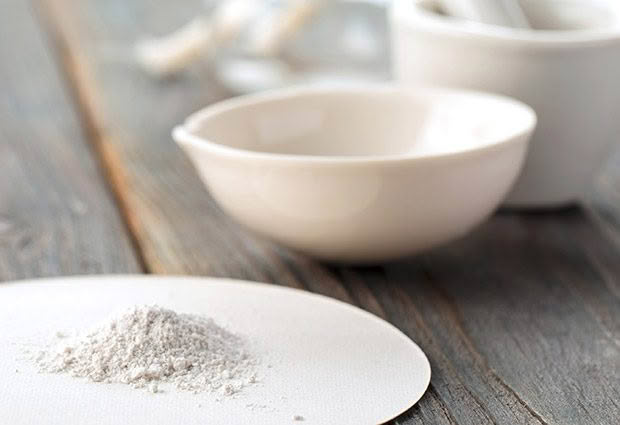
Commercial talcum powder contains talc, a hydrated magnesium silicate, which is a natural mineral. While talc itself is considered safe, because it is frequently mined in the earth that is situated near asbestos, it can easily become contaminated. Make your own body powder using cornflower and essential oils instead. You can use different essential oils for a different fragrance if preferred.
INGREDIENTS
25g cornflour
5 drops rose absolute essential oil
4 drops chamomile essential oil
METHOD
Using a mortar and pestle, grind the essential oils into a small amount of the cornflower. Mix through the remaining cornflour. Allow the powder to dry, then pour into an old, clean powder dispenser.
4. Plantain and Peppermint Balm
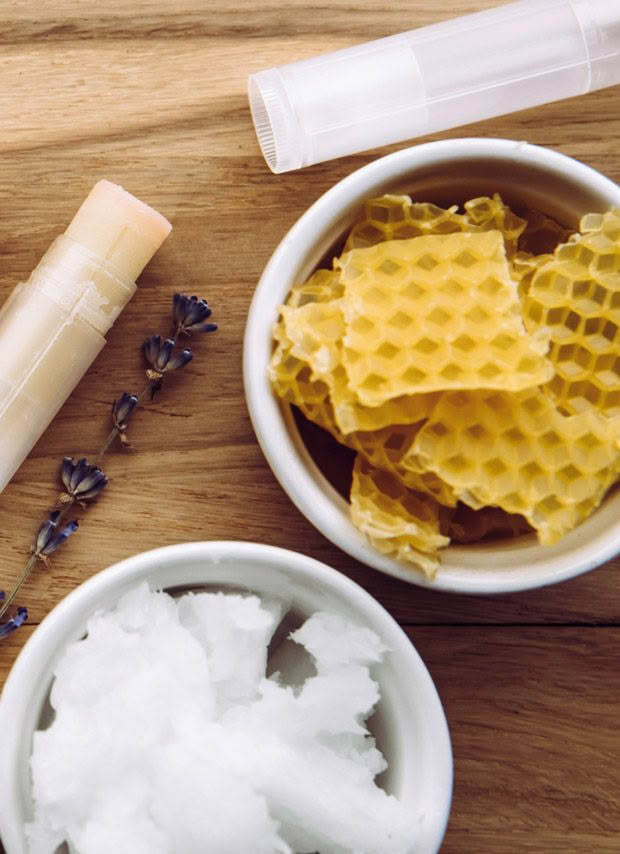
Don’t have beeswax pellets? You can use beeswax in any form.
This gorgeous lip balm doubles as a soother of itchy bites. Both plantain (that weed in your garden) and peppermint contain constituents that provide relief from bites and rashes. Pour it into a lip balm tube and keep it in your bag so it’s always on hand. Dry your own leaves from these readily available herbs.
Makes enough for 5 lip balm tubes (available from suppliers of natural products).
INGREDIENTS
1 tablespoon dried plantain leaves
1 tablespoon dried peppermint leaves
3 tablespoons jojoba oil (or sweet almond oil)
1 tablespoon cocoa butter
4 teaspoons beeswax pellets
10 drops peppermint essential oil
3 drops Vitamin E oil
METHOD
Place dried herbs, jojoba oil and cocoa butter in a slow cooker, cover and heat on low for three hours. Turn the cooker off and leave to steep for another three hours.
Strain the oil through a piece of clean muslin into the top part of a double boiler. Squeeze the muslin so all the oil comes out. Discard the herbs.
Add the beeswax pellets to the oil. Add water to the bottom part of the double boiler and gently heat. As soon as the beeswax melts, remove from the heat. Add the peppermint essential oil and Vitamin E.
Immediately pour the balm mix into the lip balm tubes. Leave to cool, then cap.
5. Peppermint Scrub

This is a delicious smelling scrub, but if you don’t like peppermint, use another herb, such as chamomile or calendula, both of which are soothing to the skin.
INGREDIENTS
1 cup dried peppermint leaves (or chamomile/calendula flowers)
½ cup baking soda
METHOD
Blend herbs and baking soda in a food processor until you get the consistency of powder. Pour into an air-tight container. To use, rub 1 teaspoon of the mix onto wet skin and scrub. Rinse clean.
6. Calendula, Chamomile and Lavender Body Butter
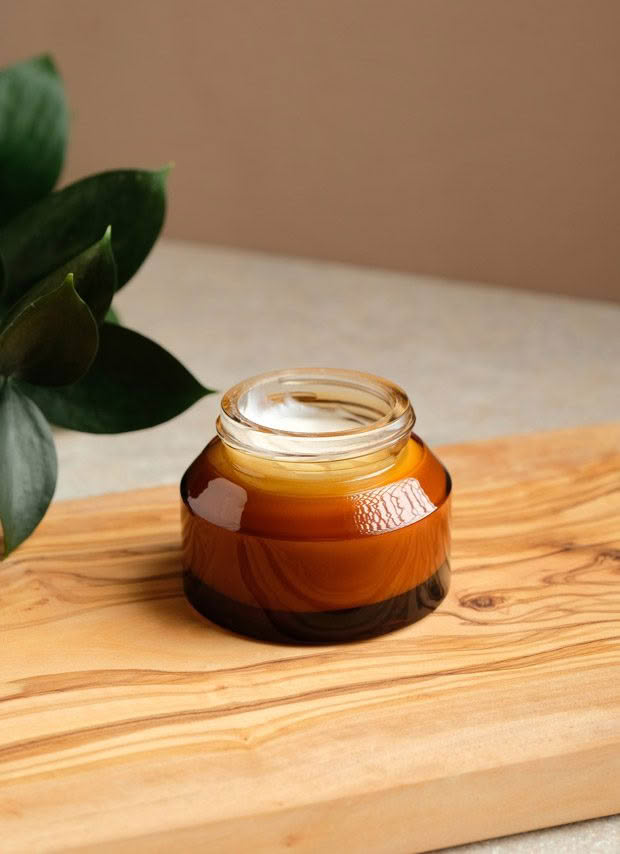
This recipe is delightfully moisturising, with soothing and healing properties.
Makes 2 ½ cups
INGREDIENTS
50g dried calendula petals
50g dried chamomile flowers
50g dried lavender flowers
½ cup cocoa butter
½ cup shea butter
½ cup coconut oil
½ cup jojoba oil (or sweet almond oil)
METHOD
Place all ingredients into a slow cooker, cover and heat on low for three hours. Turn the slow cooker off and leave to steep for another three hours.
Strain the oil through a piece of clean muslin into a bowl. Squeeze the muslin so all the oil comes out. Discard the herbs. Place the bowl in the fridge for an hour or until it is just starting to firm up.
Using an electric hand mixer, beat the butter for 8-10 minutes, until light and fluffy. Place the bowl back in the fridge for 15 minutes. Transfer the mixture to sterilized jars.

